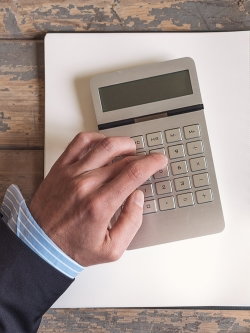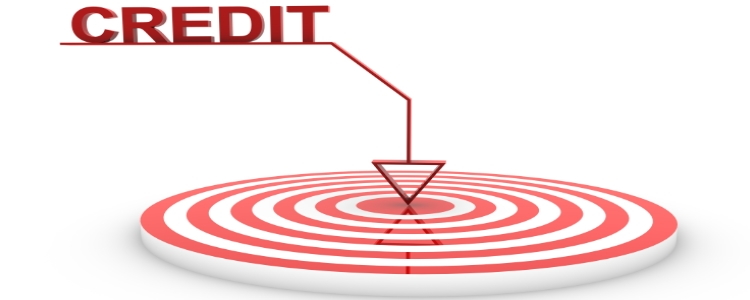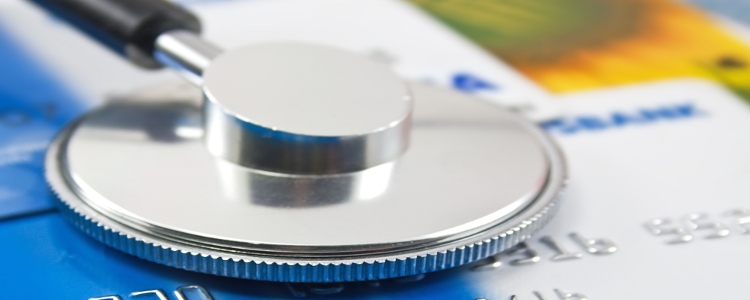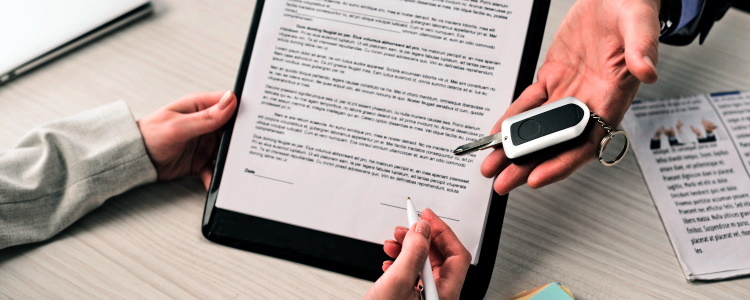Most people understand that bad credit can make life a little more difficult to navigate. It makes it harder to get approved for credit cards, loans, and mortgages, and it could put a strain on your physical health and personal relationships. But fewer consumers realize just how large of a drain bad credit can be on their finances.
Bad Credit Makes Borrowing No Fun
Do you know somebody that has gone through, or is going through, life without borrowing money? That's a laudable endeavor, but the reality is that relying on borrowed money is an unavoidable part of life for the majority of consumers.
Most Americans borrow money and subsequently carry debt. To help make large purchases, there are credit cards, auto loans, personal loans, student loans, mortgages, and more. But borrowing comes at a cost.
Lenders and creditors typically charge interest on our accounts. And how much you are charged depends entirely on how good you have been at borrowing in the past. The interest rates you are able to qualify for are directly tied to your credit score.
The lower your score, the higher your interest rate will be. Thus, having a good credit score will allow you to borrow on better terms, which will in turn save you money over time.
Crunching the Numbers
It is more expensive to borrow when you have bad credit. How much more expensive? Let's do some math to illustrate that answer.
Peter has a credit score of 700, which is considered to be good. Stewart's is 600, which most credit scoring models consider to be poor. Here is how only a 100 point difference can affect their borrowing endeavors.

Picture both having a credit card with a $5,000 balance, but Peter's interest rate is 6%, while Stewart's is 15%. If both only make the minimum payment each month and don't charge anything else to the card…
- Peter will pay $2,219.46 in interest and it will take him 242 months to pay off the balance.
- Stewart will end up paying $5,729.21 in interest and it will take him 266 months to pay off the balance.
- Difference: $3,509.75
Now imagine each of them takes out a 48-month auto loan for the same $20,000 car. Peter is able to qualify for a 6.00% interest rate, while Stewart is only able to borrow at 13% interest.
- It will cost Peter $22,546 to finance the car.
- It will cost Stewart $25,754 to finance the same car.
- Difference: $3,208
Lastly, picture each of them taking out a 30-year fixed rate mortgage for a $200,000 house. Peter obtains a 4.5% rate, while Stewart's is 5.5%.
- The total cost of the mortgage for Peter is $364,813.
- The total cost of the mortgage for Stewart is $408,808.
- Difference: $43,995
One credit card with a balance, one car loan and one mortgage has set Stewart back over $50,000 more than Peter in borrowing costs thanks to only a 100 point difference in credit scores. And like them, you most likely aren't getting through the rest of your life with just one credit card balance and one car.
While this was only an example in which the interest rates used were estimates, you get the point. Life becomes much more expensive when you have a poor credit score. If that kind of money isn't incentive to do something about your bad credit, we don't know what is.
When You Need a Car with Damaged Credit
While it may be cheaper to finance a car with after improving your credit score, sometimes you need a vehicle as soon as possible. If you have less than perfect credit, just let the experts at Drivers Lane help. We are connected to a nationwide network of car dealers that are experienced in handling all kinds of credit situations.
An installment loan happens to be an excellent credit-building tool, too. So, you can get the reliable transportation you need while also getting started on the path to better credit. We can help you if you simply fill out our free and secure online application. Start today!



















